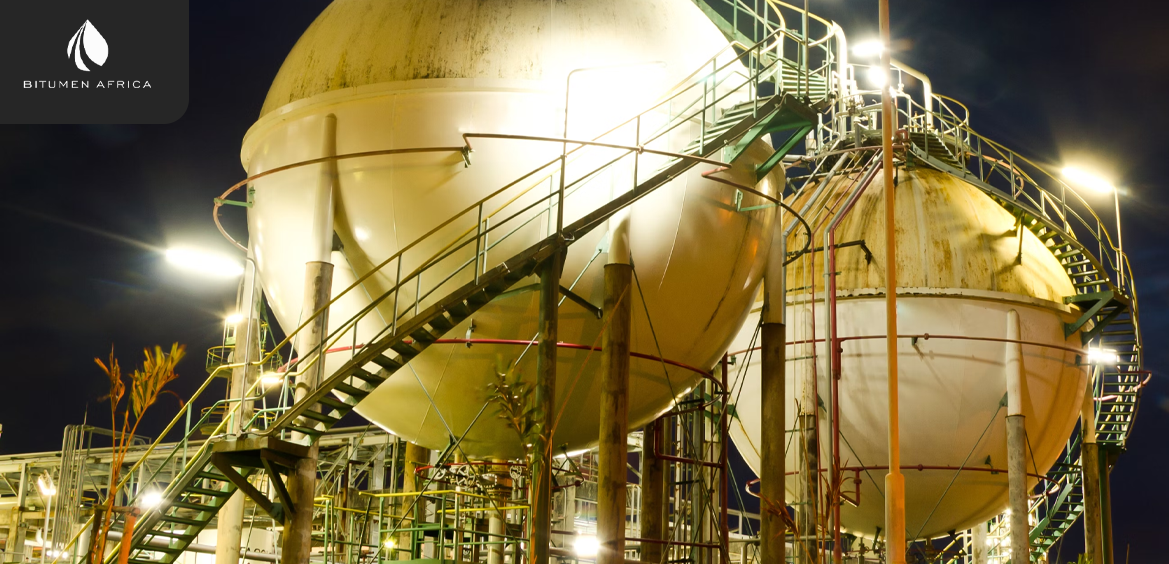This year is set to witness the highest increase in new oil supply in a decade, with nearly 3 million barrels per day expected to be added globally, according to data from Raymond James. Major contributors to this surge include the giant Tengiz field in Kazakhstan, the Bacalhau field in Brazil, and production expansions in Saudi Arabia. However, these increases depend heavily on oil prices remaining high enough to make production economically viable. Raymond James analyst Pavel Molchanov noted that investors have not fully appreciated the scale of these potential new supplies, but low oil prices driven by weak demand growth could delay production.
The outlook for demand remains uncertain, particularly in China, which has shown conflicting signals regarding its oil needs. While demand projections are bullish, recent import figures suggest a weakening trend, which some interpret as a normalization following the post-pandemic surge in Chinese oil imports. Meanwhile, global supply appears to be exceeding demand. Estimates for the supply overhang vary widely, from 100,000 barrels per day according to the U.S. Energy Information Administration to 600,000 barrels per day according to the International Energy Agency, with Raymond James projecting an overhang of 280,000 barrels per day. This excess supply could lead to delays in bringing new output online.
The oil industry also faces structural limitations on boosting production, especially at current price levels. U.S. producers have shown little appetite for increasing drilling activity due to high costs, despite potential efficiency gains that could make shale production profitable at around $50 per barrel. Saudi Arabia, despite its low production costs, remains restricted by OPEC+ targets and has pressured other members to cut production further due to persistent overproduction. Without a significant rise in demand, large-scale production increases from these new projects seem unlikely.
Geopolitical factors could alter this balance, however. Efforts by the Trump administration to reduce Iran's oil exports to zero could tighten supply, potentially supporting higher prices and making new production more attractive. Last year, Iran exported an average of 1.6 million barrels daily, so any disruption could shift market dynamics. Despite weaker-than-expected demand growth, the continued need for oil investment was underscored by Fatih Birol of the International Energy Agency, who stressed the importance of maintaining upstream investments to ensure global energy security. This marks a notable shift from previous statements about the diminishing need for hydrocarbons, highlighting the ongoing reliance on oil even amid slower-than-expected demand growth.

